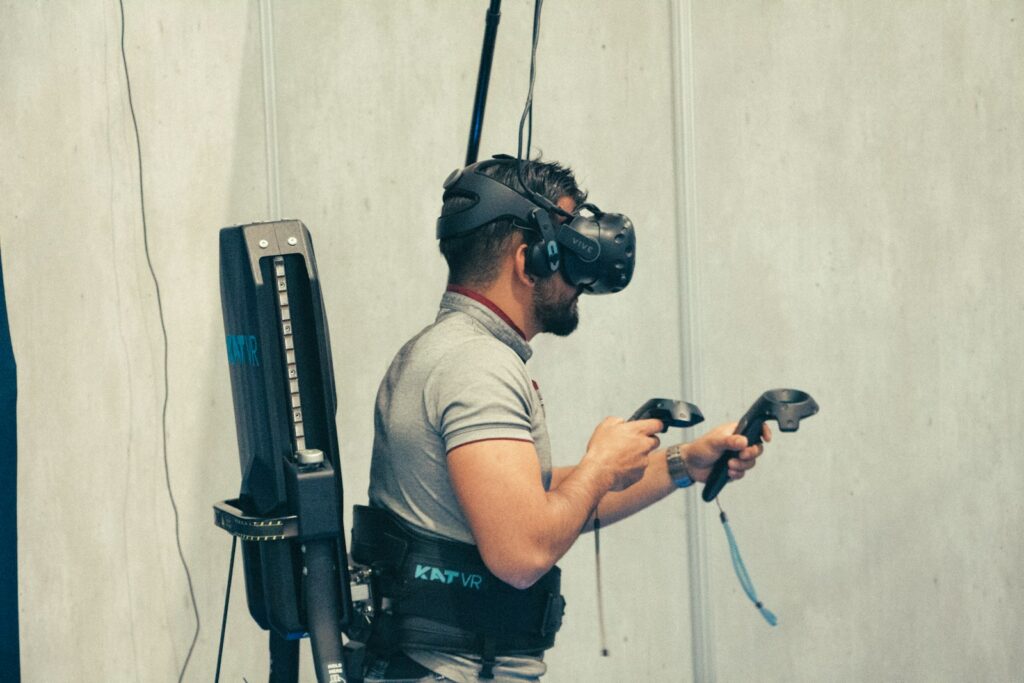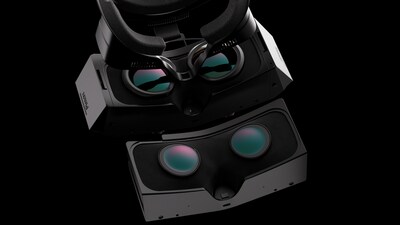Many companies are trying to find new ways to increase workforce productivity. Whether through personal training or team building, these businesses are encouraging their employees to boost efficiency in practically any way possible. In a new study by the Institute for Operations Research and Management Sciences (INFORM), the scientists found that augmented reality (AR) devices can significantly boost workplace productivity, but not necessarily for the long term.
A Boost of Learning Using Augmented Reality
Previous studies looking at AR technology reveal that AR can help make learning easier. For example, AR devices are already being used to train the next generation of surgeons and doctors, using simulations of surgeries. With these devices, the cost of training significantly decreases as the need for supplies is minimized. AR technology can help doctors visualize 3D models, learning more about what is actually happening inside a patient’s body.
For the education sector, AR technology can give students a bump up in learning. Research has shown that AR devices can make lessons more engaging and personal for students. These devices also lend more flexibility to a teacher’s lesson plans, as they have more freedom in what to teach, as well as a more cost-effective method for engaging students. Because a majority of individuals are visual learners, AR technology helps to make lessons more memorable, as students are able to retain more key information. AR devices can even help students with special needs, working on sensory development and experiencing multisensory activities in a more controlled environment.
Outside of academia, augmented reality is helping to make a big splash. The retail sector is slowly embracing AR technology to make shopping easier, as well as train their employees on the line of products in a more engaging way. Within an office space, companies are beginning to use AR in protocol training, such as for evacuations, fire safety, and emergency situations. This has been shown to help employees stay more engaged during training and feel more connected to their workplace as a whole. Because the COVID-19 pandemic has forced many to work remotely, it can be difficult for employees to feel connected. AR devices may be able to offer a cost-effective and productive solution to this problem, as everyone joins the virtual environment together.
Augmented Reality and Productivity
To learn more about AR and productivity, researchers from INFORMS gave employees at a manufacturing plant AR glasses as part of a company training process. The researchers compared this group to a control group that used a set of paper instructions to learn. Analyzing the two groups, the researchers found that the AR group performed tasks in 44% less time than the control group, significantly boosting productivity. The researchers believed that this productivity boost came from a more engaging lesson, combined with a reduction in a user’s ability to internalize tasks and overthink. The lack of overthinking drove users to just perform the task instead of pondering the importance of the task as a whole.
While the researchers found that AR devices can provide almost an immediate increase in workplace productivity, they also cautioned that this technology could lead to bigger productivity downturns as individuals don’t internalize tasks as frequently, making them feel more robotic. The lack of internalization can also make workers feel less connected to their tasks, and in turn, their positions within a company. Clearly, more research needs to be done to learn\ more about AR’s impact in the long run, but for now, it can provide a quick fix in productivity for companies who need it.

















